The elimination of gasoline-powered motorbikes is an urgent task for Hanoi in the common goal of striving to achieve net zero emissions by 2050. (Photo: Quoc Luy/VNA)
According to Directive 20/CT-TTg dated July 12, 2025 of the Prime Minister , Hanoi will be the first locality to say no to motorbikes and scooters using fossil fuels.
This is both an opportunity to prevent and thoroughly resolve the alarming level of environmental pollution in large cities, and a challenge as the roadmap for organizations and individuals to switch vehicles is only 1 year away.
Dr. Hoang Duong Tung, Chairman of the Vietnam Clean Air Network, assessed that Directive 20/CT-TTg has demonstrated the Government 's strong determination and is a necessary step in reducing environmental pollution today. Especially when Hanoi is piloting low-emission zones in some areas, the ban on gasoline-powered motorbikes on Ring Road 1 is considered a low-emission zone.
However, there is not much time left from now until July 1, 2026, Hanoi must act urgently, step up propaganda to encourage people to switch means of transport, and at the same time have measures to strengthen public transport.
“It is estimated that Hanoi has millions of motorbikes that need to be converted. With such a large number, together with businesses, the State needs to consider how to support people in converting their vehicles,” Dr. Hoang Duong Tung raised the issue.
Hanoi is assessed to have air pollution levels at certain times of the year among the highest in the world, and water environmental parameters of inner-city rivers have exceeded permissible limits for many consecutive years.
Directive 20/CT-TTg dated July 12, 2025 of the Prime Minister assigned the Hanoi People's Committee to implement solutions and measures for organizations and individuals to convert their vehicles and routes so that by July 1, 2026, there will be no motorbikes and scooters using fossil fuels circulating in Ring Road 1.
According to Mr. Vu Anh Tuan, Deputy Head of the Department of Transport Planning and Management, Faculty of Transport and Economics (University of Transport), this is a very ambitious roadmap and to implement this roadmap, it is necessary to deal with issues such as the supply source, charging points, and whether we can meet this supply when switching from gasoline vehicles to electric vehicles. In Hanoi alone, there are about 4-5 million vehicles regularly circulating in the central area, while the number of electric vehicle charging stations in this area is small, mainly in urban areas, outside the center. Existing capacity meets a very low proportion of the number of vehicles in circulation.
Deputy Head of the Department Vu Anh Tuan emphasized that if the State wants to implement these policies, bring results and fulfill the commitments that Vietnam has made in reducing environmental emissions, it needs a roadmap from piloting, evaluating, adjusting, monitoring to implementation, referring to countries that have implemented and applying to local conditions, circumstances and characteristics. As applied in Hanoi and Ho Chi Minh City, there will also be differences in space, time and policy implementation roadmap.
Also according to Directive 20/CT-TTg dated July 12, 2025 of the Prime Minister, from January 1, 2028, there will be no motorbikes, motorbikes, and restrictions on personal cars using fossil fuels circulating on Ring Road 1 and Ring Road 2; from 2030, the implementation will continue to be expanded on Ring Road 3.
On the side of the Ministry of Construction, Director of the Department of Science, Technology, Environment and Construction Materials Le Trung Thanh said that the Ministry of Construction is urgently reviewing related contents to implement the content of Directive 20/CT-TTg dated July 12, 2025.
The Ministry of Construction focuses on implementing specific roadmaps in 2025 and the following years to accelerate the construction of public transport systems, limit the increase of personal vehicles in large cities, and promote the use of environmentally friendly means of transport. At the same time, strengthen emission control for motor vehicles, promptly complete and apply national technical standards and regulations on emissions of road motor vehicles, implemented from the third quarter of 2025.
Ring Road 1 has a total length of about 7.2 km, with the basic route from Nghi Tam-Tran Quang Khai-Nguyen Khoi-Tran Khat Chan-Xa Dan-Hoang Cau-Cau Giay-Buoi-Lac Long Quan. Of which, the Hoang Cau-Voi Phuc section is still under construction, striving to complete site clearance in the fourth quarter of 2025. If this section is completed, this will be the first closed ring road in Hanoi.
As a traffic area around the central core with many heritage works that need to be preserved in addition to modernizing infrastructure. Therefore, the issue of environmental protection in the field of urban traffic becomes more necessary and urgent. However, any transformation process needs a roadmap and specific solutions so that policies can be effectively implemented and targeted./.
According to Vietnamplus
Source: https://www.vietnamplus.vn/cam-xe-may-chay-xang-khan-truong-hanh-dong-cho-vung-phat-thai-thap-post1049546.vnp
Source: https://baolongan.vn/cam-xe-may-chay-xang-khan-truong-hanh-dong-cho-vung-phat-thai-thap-a198724.html



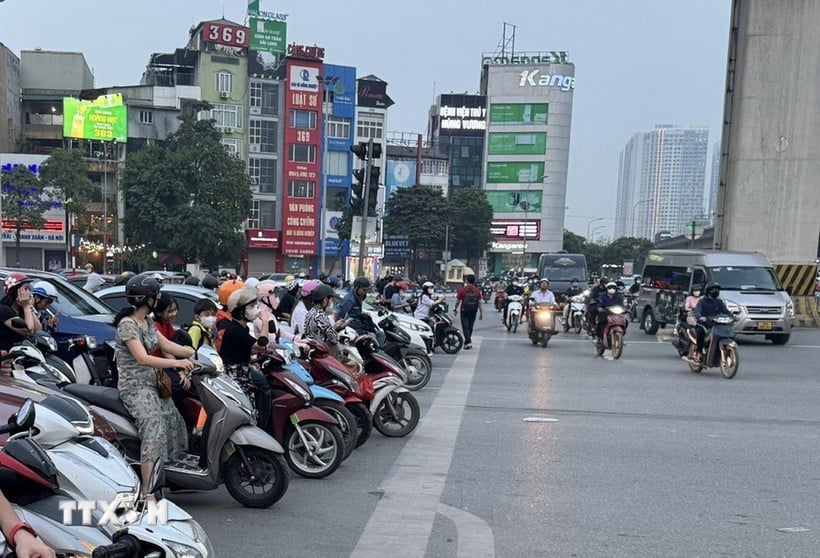

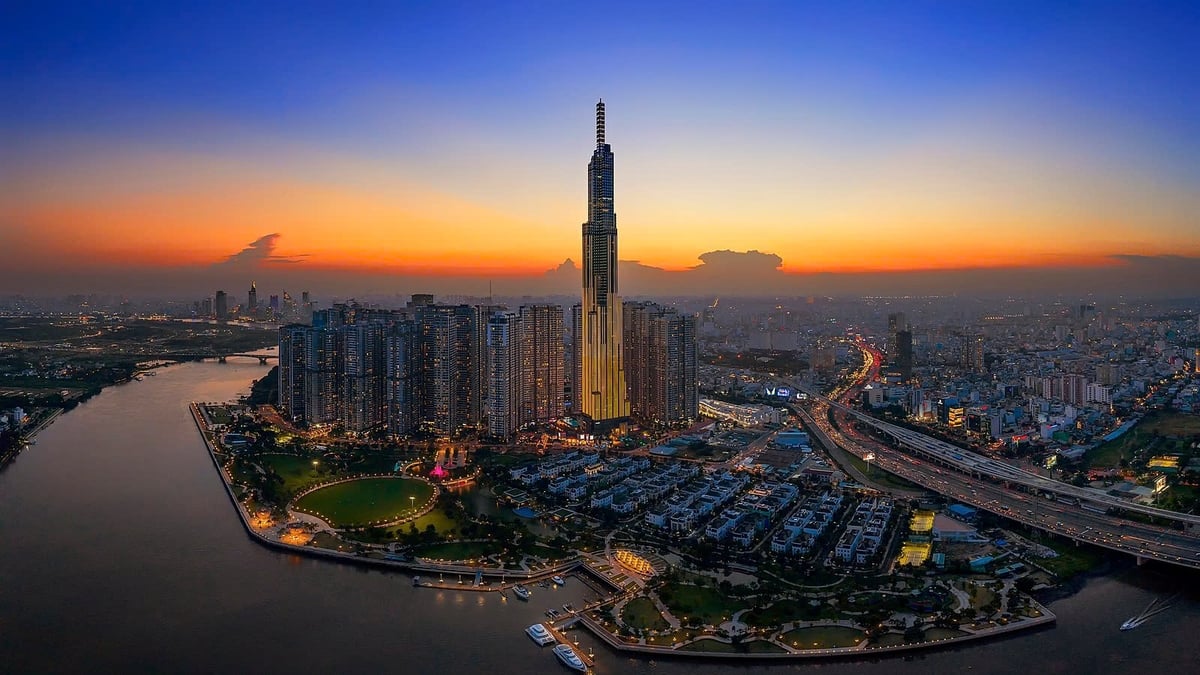

![[Photo] Prime Minister begins trip to attend SCO Summit 2025 in China](https://vphoto.vietnam.vn/thumb/1200x675/vietnam/resource/IMAGE/2025/8/31/054128fff4b94a42811f22b249388d4f)






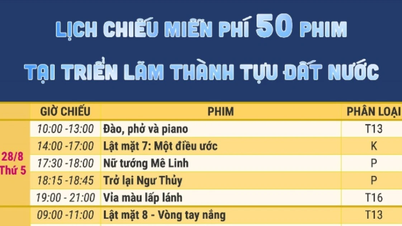
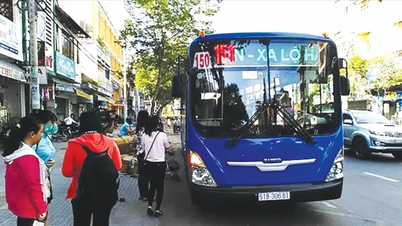

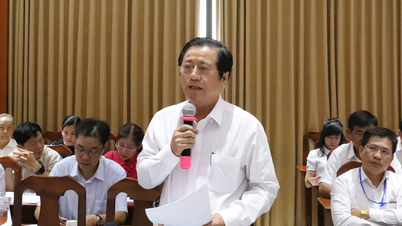






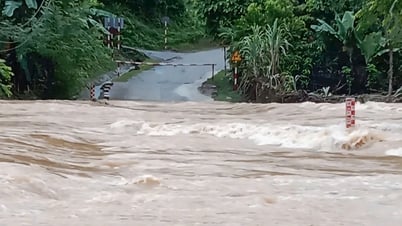










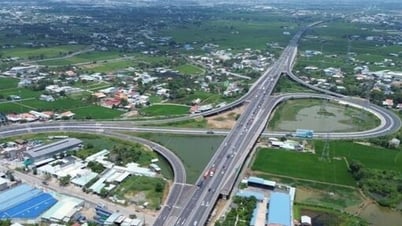

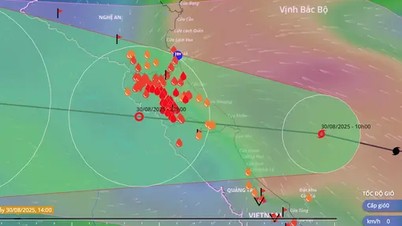




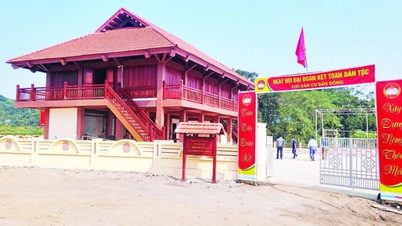


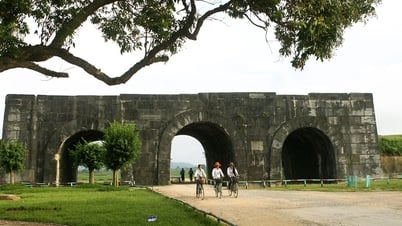

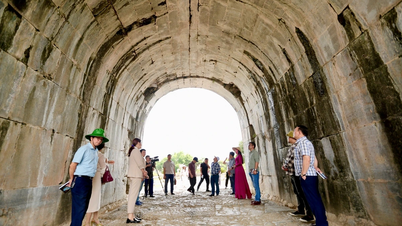





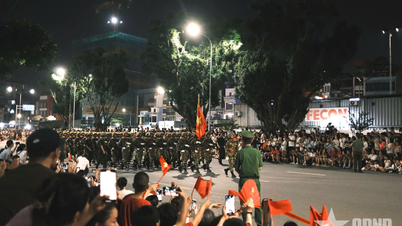




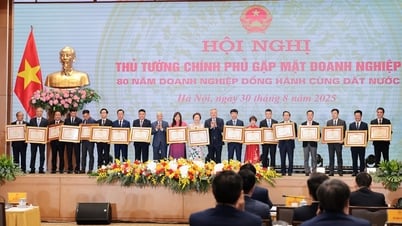







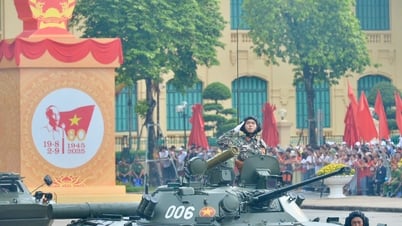








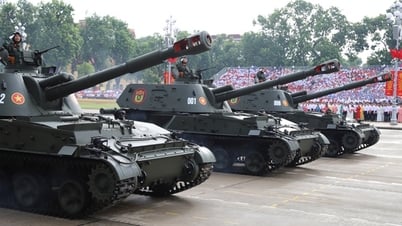



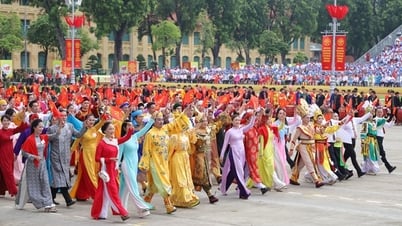



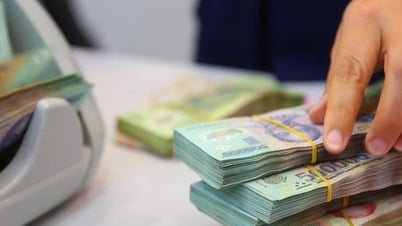
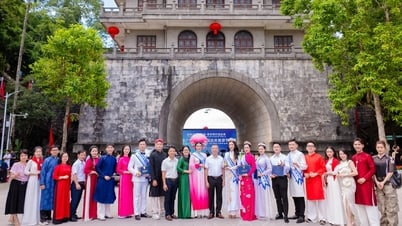








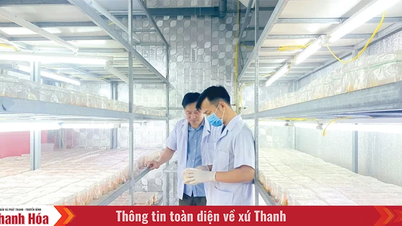

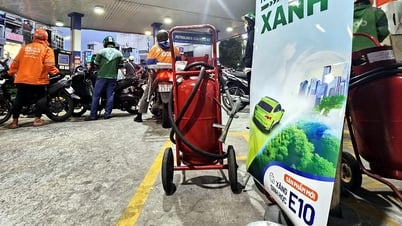





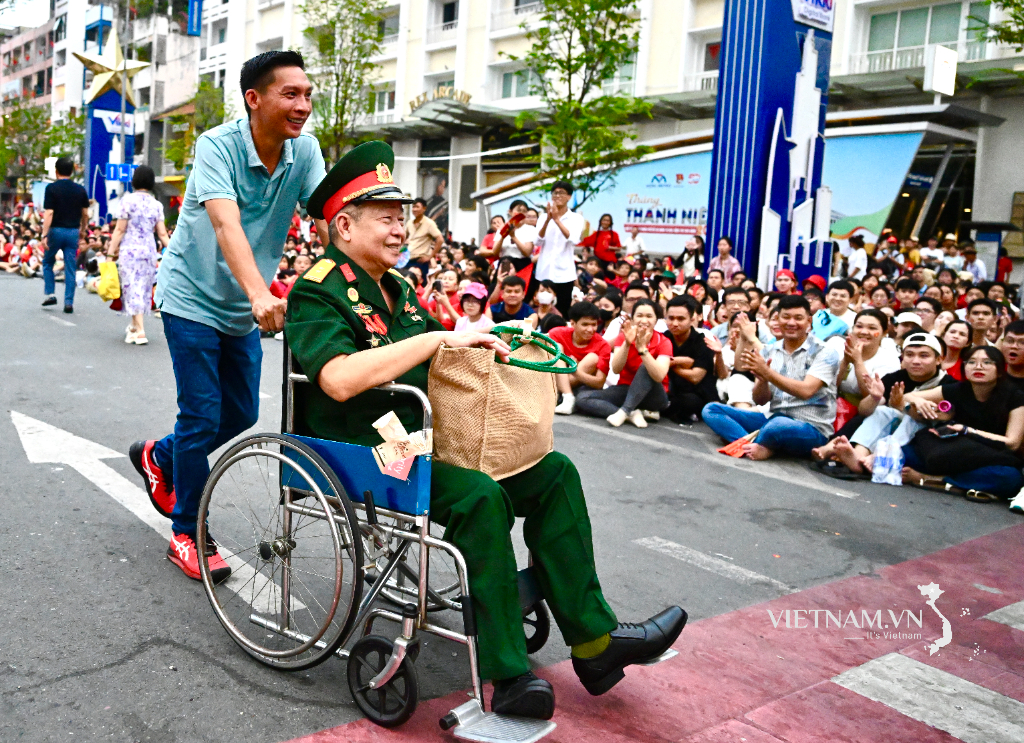



Comment (0)